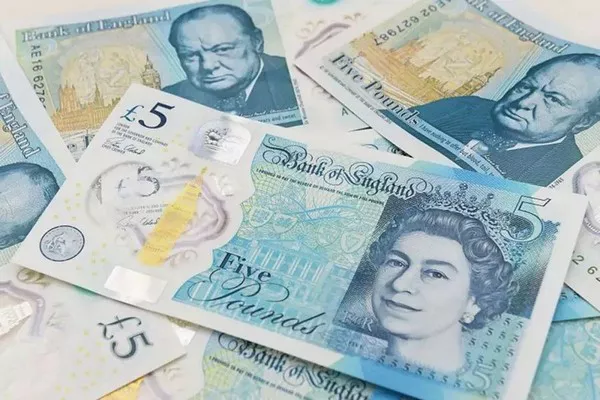In the realm of symbols, few have endured as much ambiguity and diverse interpretations as the pound sign. Universally recognized, this seemingly simple character holds various meanings across different contexts, provoking curiosity about its origins and symbolic significance. In this article, we will delve into the multifaceted nature of the pound sign, exploring its historical evolution, linguistic roots, and contemporary applications.
Origins of the Pound Sign
The pound sign, also known as the hash symbol or octothorpe, has a rich history that traces back to ancient times. Its origins can be linked to the Latin term “libra pondo,” meaning “pound weight.” In medieval Europe, merchants used this symbol to denote pounds of goods traded. Over time, the shorthand for “libra pondo” evolved into the familiar crossed lines we recognize today.
The Evolution of the Symbol
As language and writing systems evolved, so did the pound sign. During the 14th century, scribes began incorporating the symbol into their manuscripts, simplifying its design to two intersecting lines. As the symbol spread across Europe, it found its way into various scripts, becoming a staple in accounting and trade documentation.
Linguistic Roots: Pound, Lira, and Livre
The pound sign’s linguistic connections extend beyond the Latin “libra pondo.” In the realm of currency symbols, the pound sign is associated with several European currencies, each with its own historical context.
In the United Kingdom, the pound sign is an integral part of the British currency, denoting the pound sterling. The symbol has been in use since the 17th century, representing the British monetary system’s stability and influence.
Similarly, in Italy, the pound sign is linked to the Italian lira, the country’s former currency. The use of the pound sign for the lira reflected Italy’s economic prominence during the Renaissance.
France also had its version of the pound sign, associated with the livre, a historical currency that predates the euro. The French livre was in circulation until the late 18th century, leaving a lasting imprint on the pound sign’s symbolic repertoire.
Contemporary Usage: Beyond Currency
While the pound sign has historical ties to currency, its contemporary usage extends far beyond the financial realm. In the digital age, the pound sign has taken on a new identity as the ubiquitous hashtag.
The advent of social media platforms revolutionized the way we communicate, with the pound sign repurposed to categorize and index content. The hashtag phenomenon began on Twitter but quickly permeated other social media platforms, creating a global language of trends and discussions. Users now employ the pound sign as a powerful tool to connect, organize, and navigate the vast landscape of online conversations.
From activism to marketing, the hashtag has become a symbol of cultural movements and viral phenomena. Its ability to transcend linguistic barriers and unite people around common interests has transformed the pound sign into a symbol of digital solidarity.
Symbolic Significance in Popular Culture
The pound sign’s journey from a medieval trading mark to a digital rallying cry has not gone unnoticed in popular culture. Its adaptability and versatility make it a compelling element in various creative expressions.
In music, artists have embraced the pound sign as a symbol of unity and collaboration. From album titles to social media campaigns, the hashtag has become a shorthand for fans to connect with their favorite musicians and participate in shared experiences.
In literature and art, the pound sign’s visual simplicity has inspired contemporary artists to incorporate it into their works. Its geometric form and cultural resonance provide a canvas for expression, blending the historical with the modern in a captivating fusion of symbols.
See Also How Do You Gain From A Weak Pound?
Conclusion: A Symbol Beyond Borders
In the course of its evolution, the pound sign has transcended its origins as a weight marker to become a symbol with global significance. From currency representations to the digital realm of hashtags, this unassuming character has woven itself into the fabric of human communication and culture.
As we navigate an increasingly interconnected world, the pound sign stands as a testament to the enduring power of symbols to adapt, transform, and bridge diverse contexts. Whether on a medieval ledger or a social media post, the pound sign continues to tell a story that resonates across time and borders, a symbol with roots deep in history and branches reaching into the digital future.


